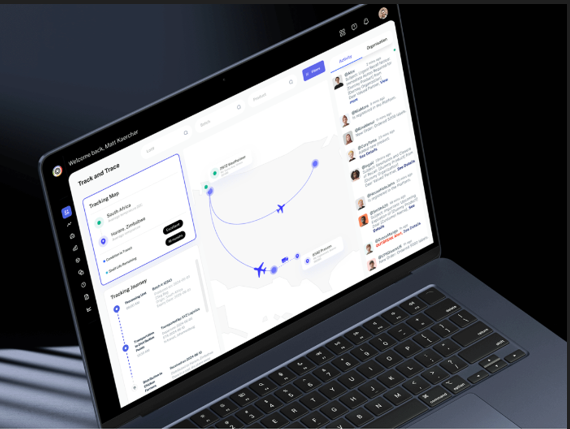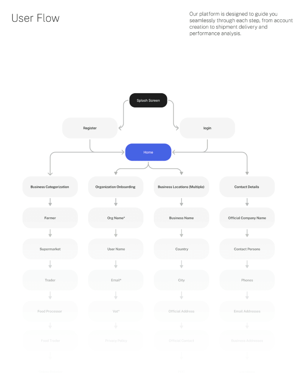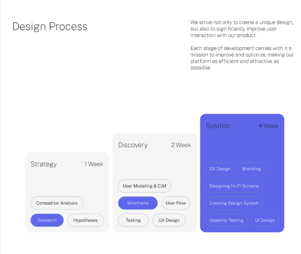Insights
Valuable insights that empower your decision-making,
Case Studies
Inspiring examples of financial tailored solutions.
Media Mentions
Recognizing our expertise and client success.
Stay ahead in a rapidly changing world
Our monthly insights for strategic business perspectives.







